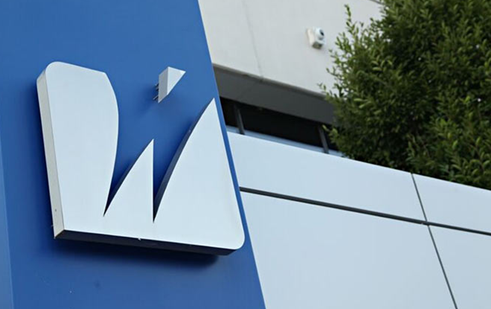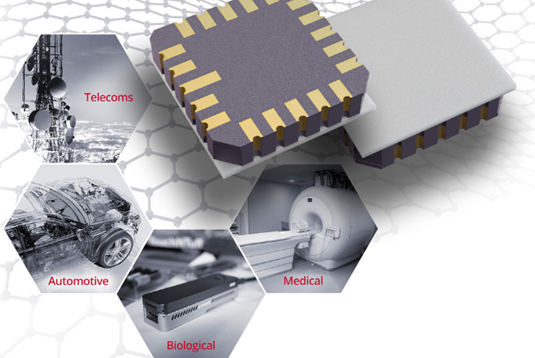
Cryogenics developer Bluefors of Finland is expanding globally as demands for its sophisticated magnets and other ultra-low temperature products find new placements in quantum computing, fusion research and other cutting-edge scientific endeavors. Leveraging its partnership with a local niche business development and investment firm, Bluefors is building a growing presence in Asia and North America through recent acquisitions of Rockgate in Japan, and Cryomech in the USA. Recent deliveries to IBM, Openstar Technologies and Penn State illustrate the momentum.
In May 2023, it acquired Rockgate, a distributor of cryogenic equipment based in Tokyo. The deal established direct sales and service presence in the Japanese cryogenics technology market for Bluefors and expanded its global footprint.

“Rockgate became the first distributor for Bluefors in the early stages of our journey and they have been there ever since to support us in Japan,” said Rob Blaauwgeers, founder and, now, chief strategy officer of Bluefors. “They have trusted us and our solutions from the beginning and we trust the team will continue to support our Japanese customers and drive Bluefors’ growth in Japan with great success.”
“Bluefors is a great home for Rockgate,” said Tsuneo Kado, director and founder of Rockgate. “As it is time for me to start thinking about retirement, I can take that step with great comfort knowing the team will be part of a company with great people, products and future.” The acquisition of Rockgate is in line with Bluefors’ growth strategy to be close to the markets and drive customer intimacy. “Japan is one of the world’s leading cryogenics and quantum technology markets, with great future growth potential” said Mikko Nurminen, VP of Sales of Bluefors. “Establishing direct Bluefors presence in the market to be even closer to the customers to understand their evolving needs is crucial for continuing to meet and exceed our customers’ expectations.”
Only a few months earlier, Bluefors acquired Cryomech, a pioneering cryocooler technology and manufacturing company based in Syracuse, New York. “Joining forces with our new team in Syracuse is a major milestone for Bluefors,” says Blaauwgeers. “Adding 60 years of history and expertise in cryogenics to our 15-year journey and now having a comprehensive portfolio of cryogenic products that get us from room temperature to the coldest temperatures on the planet, will strengthen our position to continue to meet and exceed our customers’ expectations in the future as well.”
“We’re glad to be part of the Bluefors team,” said Rich Dausman, who continues to lead the operation in Syracuse which continues to be the home for the existing Cryomech products and services portfolio. “This is a great home for our team and together we will continue to take care of all our co-workers and customers around the world while growing together in the rapidly developing ultra-low temperature cryogenics market.”
Now, Bluefors has about 600 employees and cryogenics experts in Finland, Germany, the Netherlands, USA and Japan, with revenues of EUR 160 million. Through the Cryomech acquisition, Bluefors significantly increased its direct presence in the USA with approximately one-third of its employees based in the state of New York. Consequently, Bluefors has quickly become an important part of the US-based supply chain for cryogenic products used in quantum technology, fundamental physics research and other select industries, while also strengthening the presence for the Cryomech portfolio in Europe.
The cryogenic measurement systems, cryocoolers and other cryogenic product lines of Bluefors are finding robust placement in the fields of quantum technology, fundamental physics research, life sciences and clean energy as demand grows for ultra-low temperature cooling solutions. Among the offerings are integrated cryogen-free superconducting magnets for its cryogenic measurement systems with a wide variety of solenoid and vector magnets.
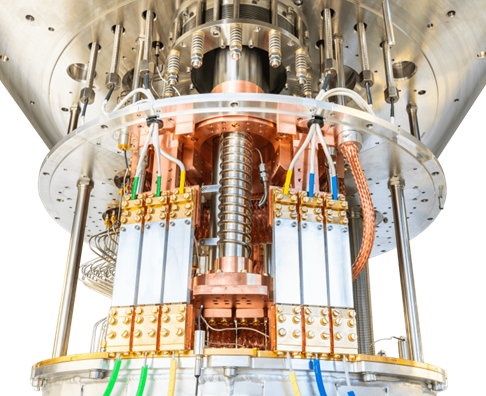

Recent product placements include cryogenic platform for IBM
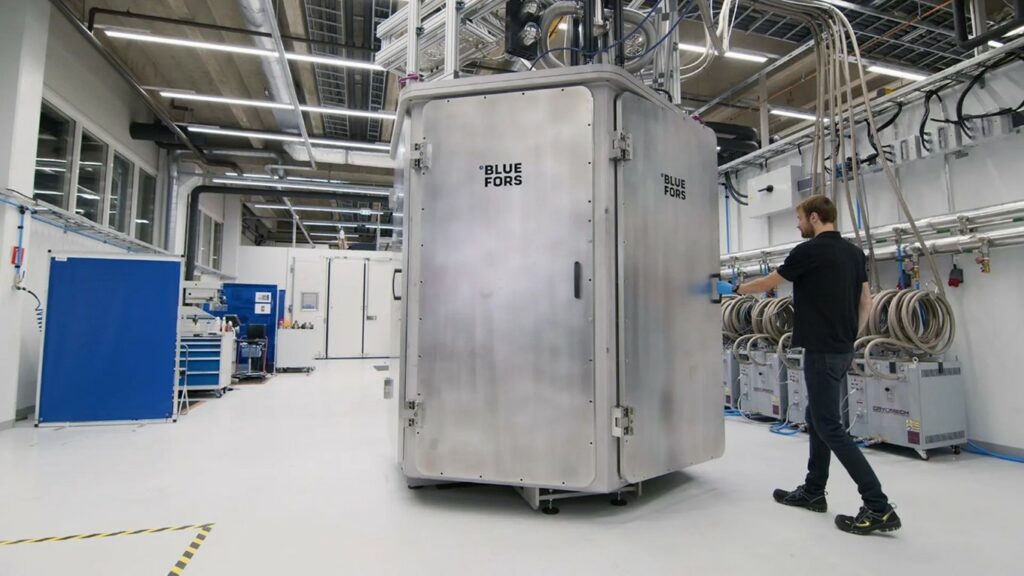
Anticipating a need in large-scale quantum computing for a system that would provide the cooling power and increased payload space to operate 1,000 qubits, in 2021 Bluefors started sketching out designs for what has become its new KIDE Cryogenic Platform. Designing and building such a large-scale system meant scaling up the cryostat as well as most every other element — the cooling capacity, the wiring and measurement infrastructure, the payload area, all with a vision of accommodating a future possibility of scaling up to 10,000 qubits.

The entire system was built inside a self-supporting vacuum chamber with multiple access doors featuring integrated radiation shields, allowing one person to maintain the system and the payload by simply opening a door. It’s even possible to work inside the voluminous payload area. The system includes nine pulse tube cryocoolers and a long-life cold trap which enables continuous operation for up to three years.
To get a sense of what KIDE would feel like in use, early in the process a full-scale wooden model of the system was built. The physical size surprised even some of the team. “Before I joined the project, I saw some illustrations, but there was no human for scale. So, as many people probably did, I thought that it would be relatively small — just like a regular fridge.” I was really impressed when I saw the size of it,” recalled R&D Scientist Jean-Philippe Girard.
Later, once a working platform was up and running, they were able to see the real benefits of KIDE in practice. While the size of the system meant that some work had to be done at height, such as installing the three cryostats, at the same time the design made working on the everyday parts of the system extremely easy. Senior Cryo Engineer, Aymeric Mommaerts, adds, “You sometimes need a lift while working, but actually reaching the mixing chamber flange is quite easy as it’s at human height.”
The simplicity of working on a system with a self-supporting vacuum chamber was immediately obvious. The Bluefors team could just open doors, remove the radiation shielding, and then have quick access to the system. This accessibility has proven to be an attractive feature for users, too. Meanwhile, the wooden model has entered a second life as a playhouse.
OpenStar builds for fusion power in New Zealand
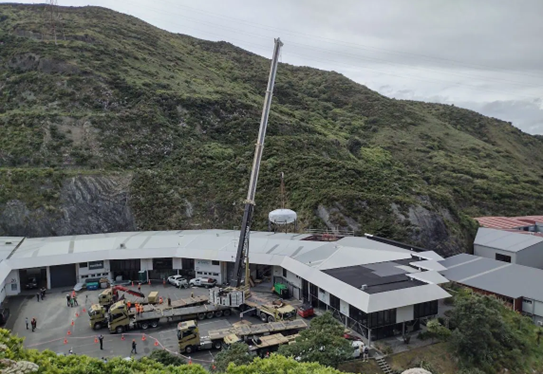
Another recent customer is OpenStar Technologies, an ambitious start-up in New Zealand that seeks to master fusion, the process that powers the stars, to create clean energy on earth. Cryogenic temperatures are critical in maintaining a superconducting environment, and the Cryomech AL630 Gifford-McMahon Cryocooler from Bluefors can be used to cool the superconducting magnets in the reactors.
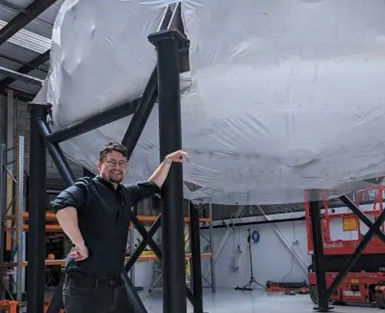
Compared to other fusion companies, OpenStar’s key differentiator is the design of its reactor. The traditional approach to controlled fusion utilizes a tokamak consisting of large superconducting magnets which act to confine extremely high-temperature plasma in a donut shape in the center of the magnets.
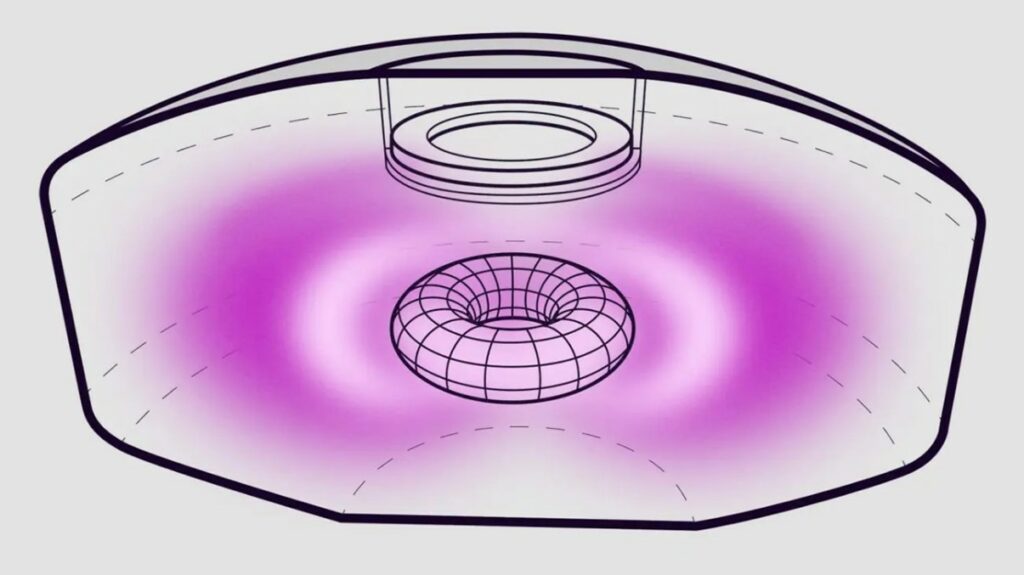
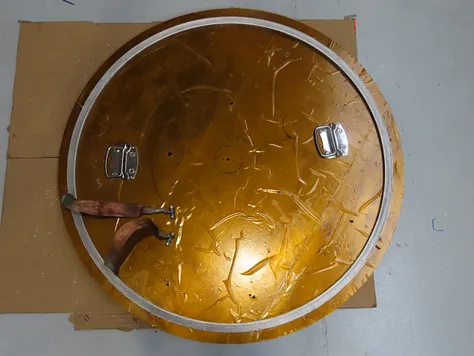
OpenStar, however, uses a levitated dipole reactor (LDR) which is essentially the geometric inverse of a tokamak. In an LDR the magnet is surrounded by the plasma which reduces magnet costs and complexity significantly. Advancements in high temperature superconducting (HTS) materials, magnets and power supplies, particularly REBCO wire, are now mature enough to build fusion scale magnets to confine the fusion fuel, a technological leap being exploited by several firms.
Cryomech cryostats at Penn State
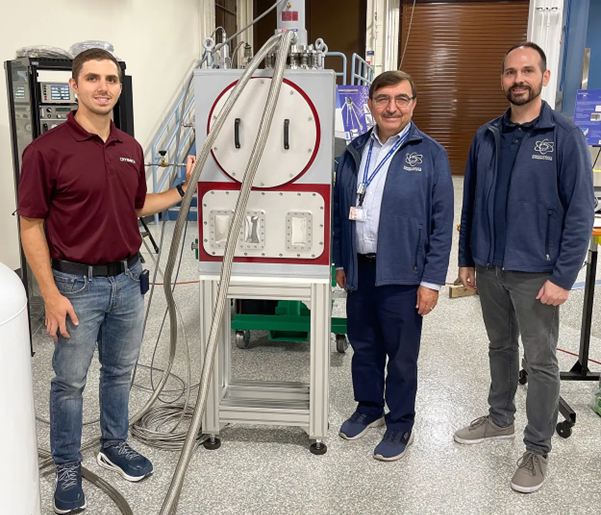
Cryomech cryostats are used in a variety of low temperature research at labs around the globe. After years of development at the Syracuse facility, now part of Bluefors, a custom cryostat enabling small-angle neutron scattering (SANS) was recently delivered to Penn State Radiation Science & Engineering Center in the USA to be utilized for cold neutron research.
Beams of neutrons produced by nuclear research reactors are used in condensed matter research to study the arrangement and interactions of atoms in materials. Because neutrons are highly penetrating, it is possible to probe deep within materials. Typically available only at national labs, the SANS system enables the center to further develop their research and enhance their ability to study materials characterized by polymers, magnetic materials, biological materials and complex structures.
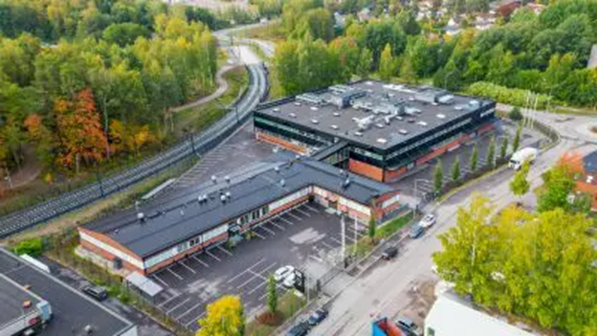
At headquarters in Helsinki, a diverse team of more than 400 professionals from 50 nations help create the cool products from Bluefors. The facilities include more than 9 000 square meters of production and office space, including Cryo Hall with a testing capacity of 40 systems. In 2021, Bluefors made a long-term partnership with business development and investment company Devco Partners, also located in Helsinki. See www.bluefors.com, www.openstar.tech, www.rsec.psu.edu, www.devco.fi.


